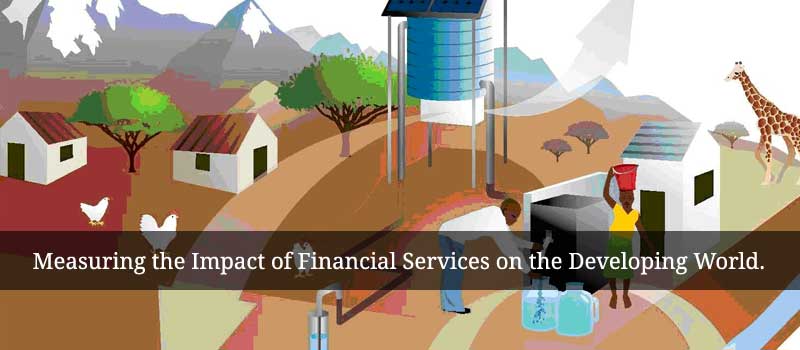Water Delivery through Payment Platform — M-PESA Pushes the Rural Frontier
M-PESA, an agent-assisted, mobile phone-based, person-to-person payment and money transfer system serves nearly a third of Kenya's 41 million residents through 23,000 agent outlets spread nationwide. But, in areas with very limited M-PESA agent network could M-PESA be still used as a platform to provide a variety of services in areas and create values for Kenyans? This paper, based on the study conducted by the IRIS Center from April - June of 2010 in Katitika, Kenya, examines the use of M-PESA's payment system as it is combined with the Grundfos LIFELINK water delivery system. It provides a more comprehensive understanding of innovative ways in which the M-PESA platform could facilitate outreach and development in rural areas even without the presence of an M-PESA agent in close proximity. Katitika village is one of many rural communities in Kenya that do not currently have an M-PESA agent because of its low population and remote location. In 2009, a borehole was installed by Grundfos in the village which dispenses water by payment through an M-PESA-enabled water key.
We explain how population and location limit where M-PESA agent shops can successfully operate, and how the Katitika Water Project is an example of using the M-PESA system as a platform for service provision with very limited agent intermediation. We discuss the strengths and limitations of the water system built on the M-PESA platform and also the direct effects of the water project for the users of the system as well as the indirect effects for other members of the community. We show that the bill payment functionalities of M-PESA that do not require much agent intermediation have the potential to prove useful in providing services in remote areas and facilitating development.




